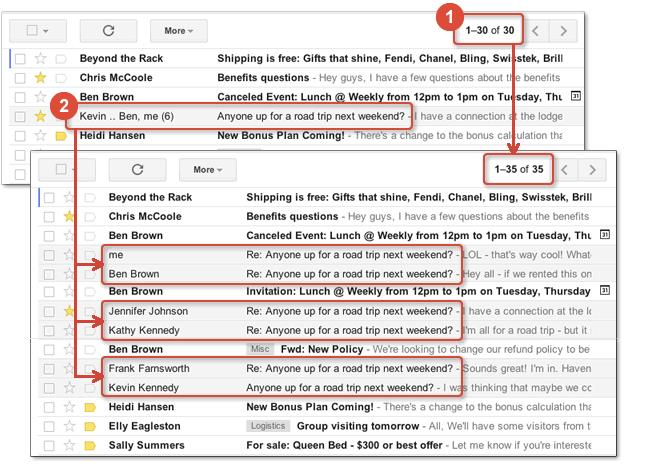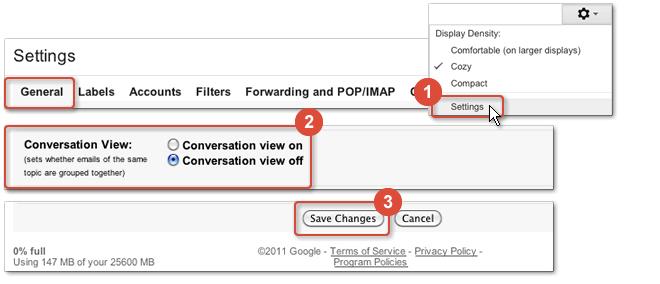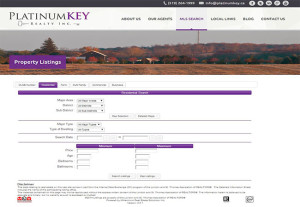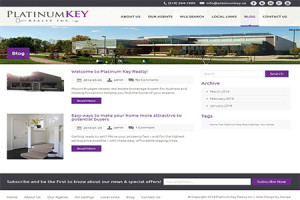Gaming offers transportation to an alternate universe where you can virtually be and do anything within the parameters of the games you choose. However, many factors contribute to a flawless and quality gaming experience. Having the right tools, space and game in your hands can make or break your experience. Find out how you can transport yourself from your computer to the realms of virtual reality. Are you ready to play the best game of your life?
The Games You Play
The gaming industry is constantly trying to reinvent itself and the games that are put out in to the public. There are jobs dedicated to testing each game going out to market to ensure the experience is truly something special. Big gaming companies also look at customer feedback to produce an even better user experience with every new version of a game being created.
Every good game has a captivating story behind it. Whether you want to try your combat skills as a warrior, challenge an evil sorcerer or save a damsel in distress, there is a game out there for you. However, it is important to stay current with new game releases to make sure you are getting the best and most current experience. Don’t miss out on new storylines, characters, and magical worlds you could be exploring. The best way to do this is by joining an online gaming forum and following a blog dedicated to reviewing video games. That way the research is done for you and you can avoid doing any unnecessary spending.
Accessorize Your Gaming Experience
Gaming and technology both play a vital part in creating a seamless user experience. Gear up with a good game, a gaming console or digital TV to stream a PC game, high speed internet and the latest gaming accessories. Long-gone are the days when dial-up was used to start a simple mouse-and-keyboard game on a spaceship-sized computer. Now, having anything less than good internet connection and the latest technology tools can cause major interruptions in your gaming experience.
Get your hands on some shiny new gadgets and change your world. Learn which keyboards, speakers and headsets will set you apart from your virtual competition. How you see, hear and interact with the game makes all the difference. The right accessories can sharpen your game’s images, amplify the sound effects and leave you feeling like you possess as much power as your virtual character.
Eliminate Interruptions
For gamers, one of the biggest challenges is cutting back on loading times and outside distractions. The perfect gaming room, the right accessories, the best-rated game, and a setup free from roommates, spouses and roommates can still have its setbacks if your PC is not set up properly.
Learn about easy optimization tricks that will sharpen images, speed up downloads, eliminate background interruptions and boost your PC’s performance to maximize your game’s potential. Keeping up with some minor monitor maintenance can help eliminate and hiccups during your game.
A gamer’s mission is never complete. There is always something new to learn, a challenge to conquer and a new game to play. Stay in the game and optimize your experience by taking a few easy steps. It can change your world.
About the Author
Jessica Oaks is a freelance journalist who loves to cover technology news and the way that technology can make life easier. She is also an editor at www.freshlytechy.com. Follow her on Twitter @TechyJessy.






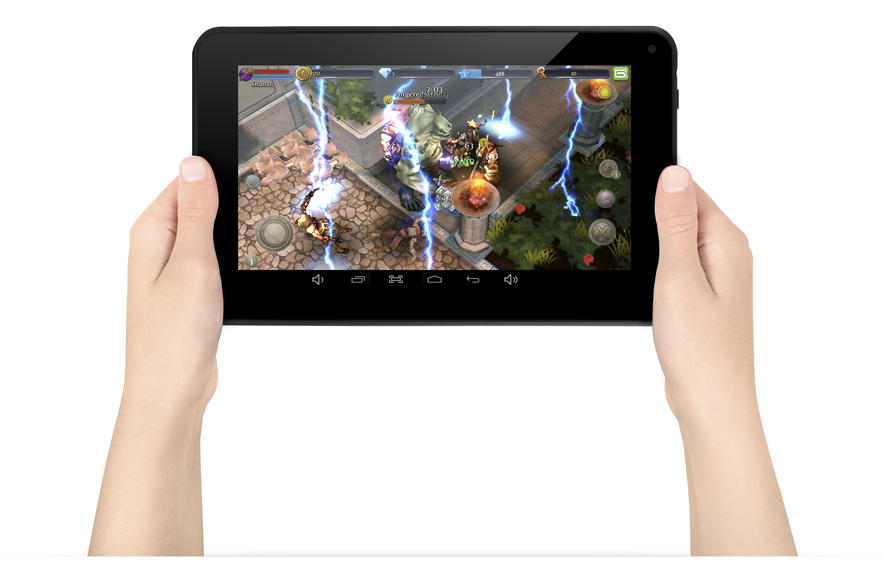







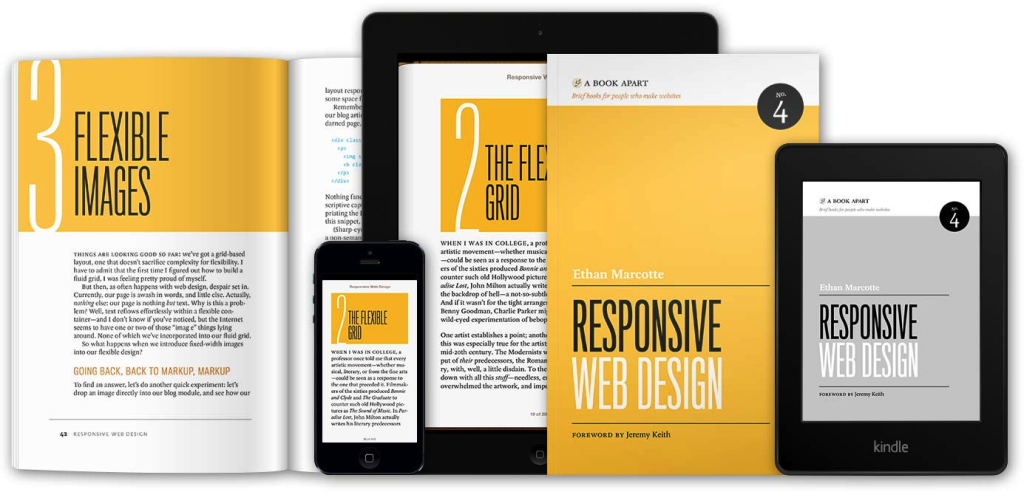
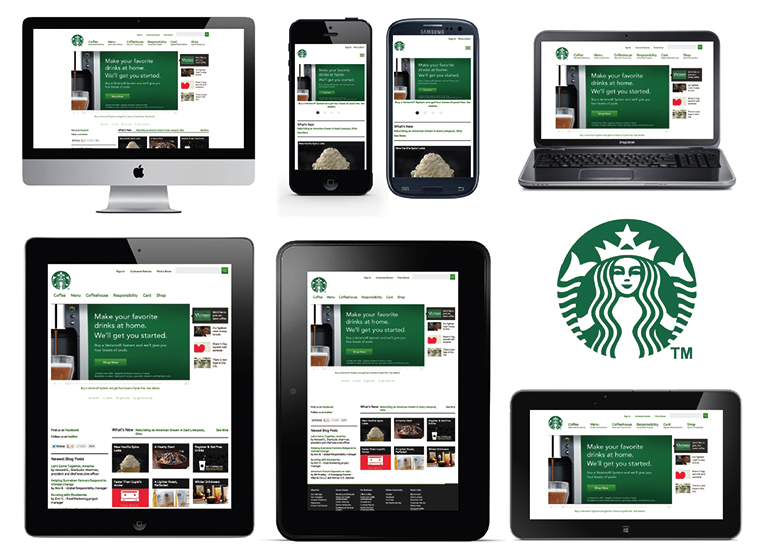
 With the popularity of social media rising, specifically Facebook well over 500 million users and growing, it’s a market you can’t afford to ignore. That’s thousands of potential leads, customers and contacts for your business. Additionally Facebook has its own pay per click campaigns so you can reach out to even more users, specifically by their interests, age and gender if necessary. Facebook has also recently introduced a whole new level of ecommerce on their site, so all your business has to do is tap into it.
With the popularity of social media rising, specifically Facebook well over 500 million users and growing, it’s a market you can’t afford to ignore. That’s thousands of potential leads, customers and contacts for your business. Additionally Facebook has its own pay per click campaigns so you can reach out to even more users, specifically by their interests, age and gender if necessary. Facebook has also recently introduced a whole new level of ecommerce on their site, so all your business has to do is tap into it.
